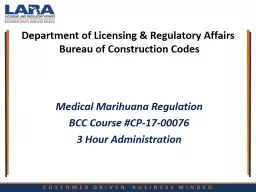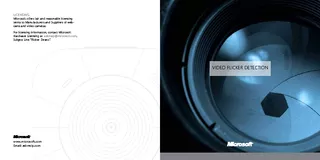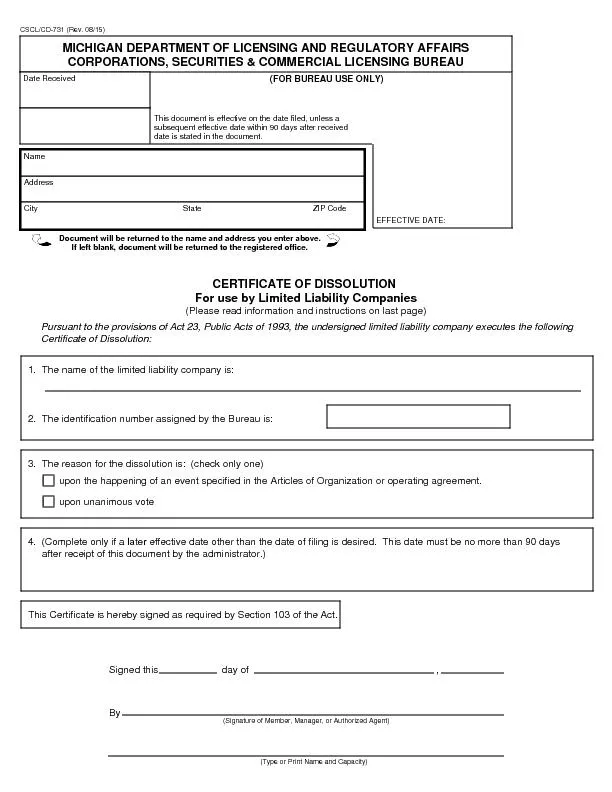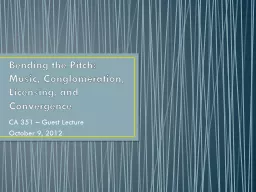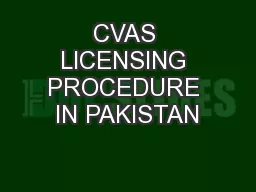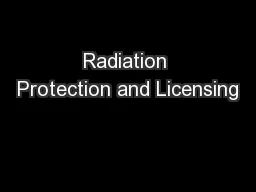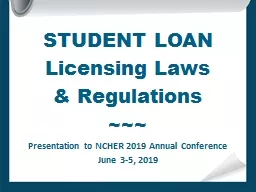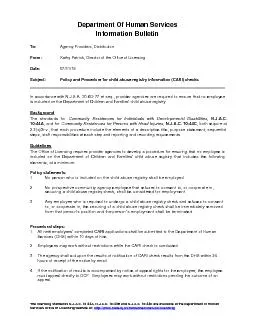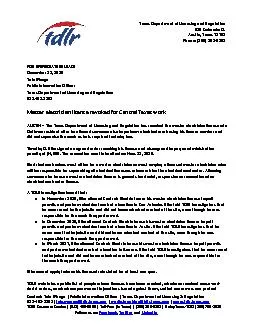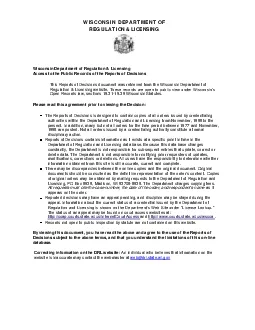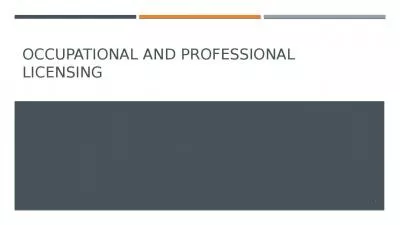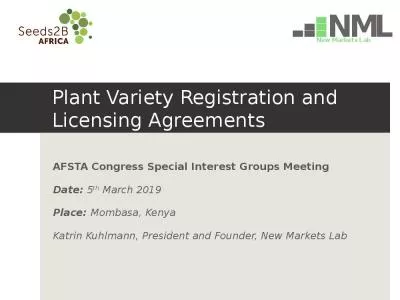PPT-Department of Licensing &
Author : phoebe-click | Published Date : 2017-12-22
Regulatory Affairs Bureau of Construction Codes Medical Marihuana Regulation BCC Course CP1700076 3 Hour Administration AWARENESS OF MEDICAL MARIHUANA REGULATIONS
Presentation Embed Code
Download Presentation
Download Presentation The PPT/PDF document "Department of Licensing &" is the property of its rightful owner. Permission is granted to download and print the materials on this website for personal, non-commercial use only, and to display it on your personal computer provided you do not modify the materials and that you retain all copyright notices contained in the materials. By downloading content from our website, you accept the terms of this agreement.
Department of Licensing &: Transcript
Download Rules Of Document
"Department of Licensing &"The content belongs to its owner. You may download and print it for personal use, without modification, and keep all copyright notices. By downloading, you agree to these terms.
Related Documents

